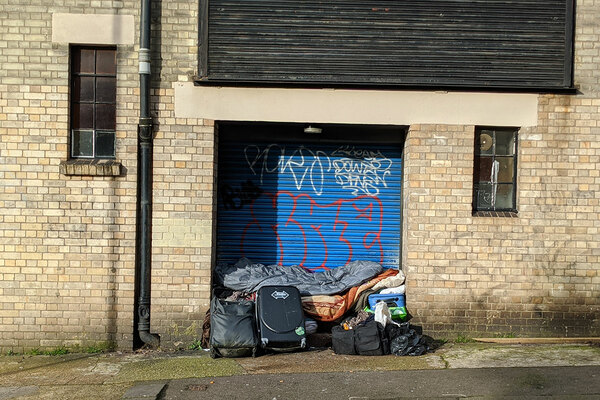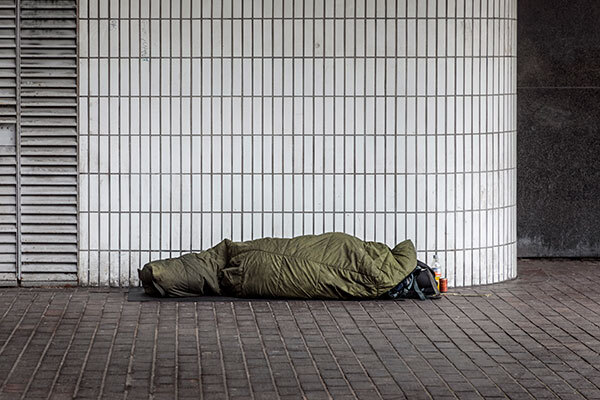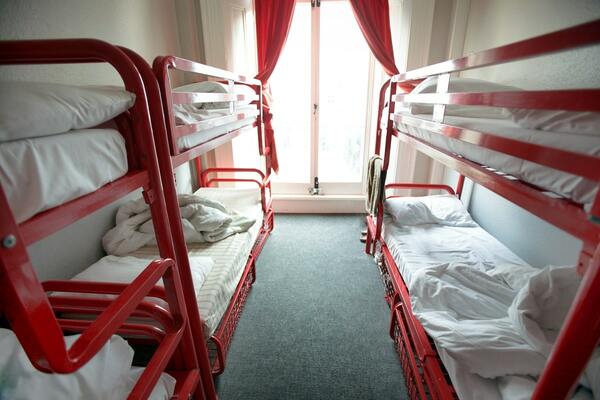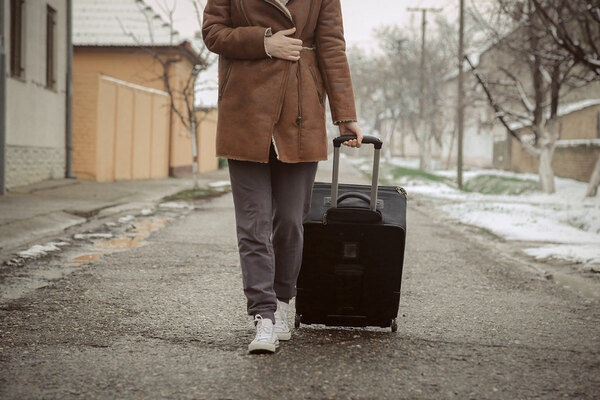You are viewing 1 of your 1 free articles
Number of families becoming homeless increased by nearly 30% between spring and summer last year, government data shows
The number of households with children that became homeless increased by 28% in England last summer despite measures to prevent evictions during the COVID-19 crisis.
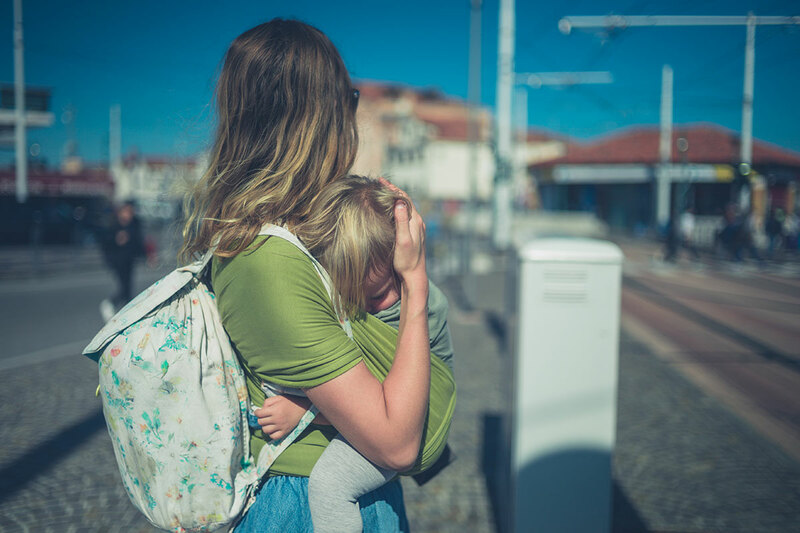
Latest government statistics show that 8,150 households with children were owed a relief duty – meaning their council had assessed them as being homeless – between July and September 2020.
That represents a 28% increase on the 6,380 households with children that were owed a relief duty between April and June.
The increase was driven by a rise in the number of single-mother households becoming homeless, with 6,050 single-mother households being owed a relief duty between July and September, compared with 4,770 in the previous three months.
This means the number of single mums and their children that became homeless last summer was just 9% lower than the 8,910 that became homeless during the same period in 2019, despite the eviction ban introduced as part of the government’s response to the coronavirus crisis.
Overall the figures show that 68,680 households either became homeless or were at risk of homeless between July and September last year.
This is 7% lower than the 73,820 households that were homeless or threatened with homeless during the same period in 2019.
In March last year, the government introduced a ban on evictions that lasted for the first six months of the COVID-19 crisis.
Previous homelessness statistics which covered the first three months of the pandemic indicated that this contributed to a drop in the number of people who were being threatened with homelessness.
However, the latest statistics show that the number of people threatened with homelessness increased by 20% from 26,190 between April and June to 31,510 between July and September.
Commenting on the statistics, Polly Neate, chief executive of Shelter, said: “COVID-19 has ripped open the cracks left by the gross shortage of decent social homes in this country.
“Thousands of people are struggling to survive the pandemic without a home thanks to decades of political neglect.
“Even with the curbs on legal evictions, people are still being thrown into homelessness as they have throughout this crisis.
“From the taxi driver sleeping rough because the council says they cannot help, to the mother fleeing domestic abuse in search of a place of safety – this pandemic continues to be a never-ending nightmare.
“Too many people have suffered too much. The government cannot continue to fail its citizens by allowing homelessness to rise through inaction. There is only one exit strategy that will end this crisis for good, and that is rapid investment in genuinely affordable social homes.”
Sign up for our homelessness bulletin
Already have an account? Click here to manage your newsletters
